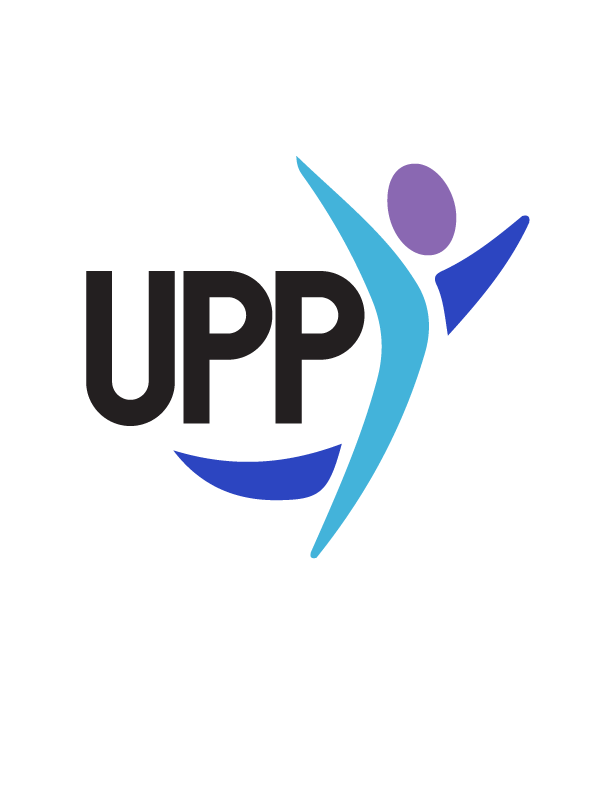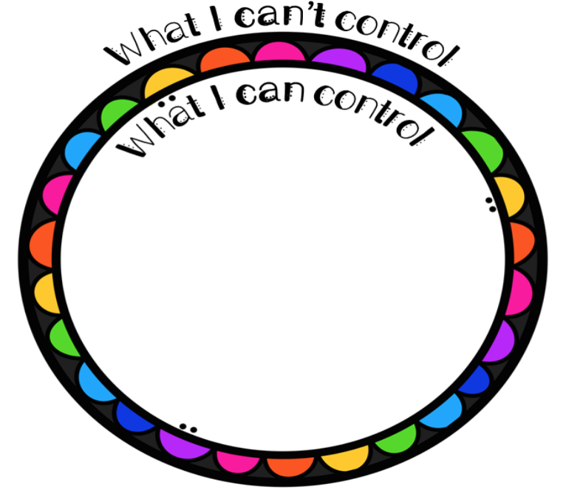LESSON 5:
CHOOSING TO CHOOSE
Choices have consequences. In our relationships, and life in general, we need to understand that we can only control our own actions but that we are responsible for our own choices. Throughout this lesson we start to look at the concept of Choice and Control. Examine the learning intentions and follow the instructions below.
Equipment:
UPP Workbook and Pen
Notebook
Leanring Intentions:
Students understand they can only control their own choices.
Students understand people make mistakes and when mistakes are made we can learn from them and move on.
ACTIVITY 1 - BIG FISH / LITTLE FISH
TIME: Approx. 5 Minutes
Method:
Students are to get in groups of 3.
Students are to begin a pattern with one person starting by saying “Big Fish” with the next saying “Little Fish” and the third person saying “Big Fish” once more. This sequence continues. After the groups get the hang of it challenge them to see how quickly they can do it.
For a bit of extra fun make it an elimination game. If a group makes a mistake they are to take a seat until there is one group left.
Activity Reflection:
Ask: Who’s choices could you control in that activity?
Discuss with the class that they could only control their own choices and actions, and not those of others. Relate this to relationships / friendships and life.Discuss with the class what happens when someone made a mistake. Ask: Did you give up? Did you walk away? Or did you try again, try to resolve the mistake and learn from it? Relate this to relationships / friendships and life.
Discuss with the class what happens when they made a mistake themselves. Ask: Did you give up? Did you walk away? Or did you apologise, try to resolve the mistake and learn from it, and keep on trying? Relate this to relationships / friendships and life.
ACTIVITY 2 - Video and discussion
TIME: 5 - 10 Minutes
Watch the following video before moving on to the next activity. After the video, students are to think of one thing they may have learnt, reflected on or connected with throughout the video. Encourage some students to share their reflections with the class.
ACTIVITY 3 - 1 TO 21
TIME: Approx. 5 Minutes
Method:
Students are to pair up.
Students are to count consecutively with their partner. The aim is to land on the number 21. Students can either count one or two numbers at a time, but every number must be said (Example; One. Two, Three. Four, Five. Six. Etc). The student to land on 21 wins.
The winning student stays standing and versus another winner until there a just two left for the 1 to 21 grand final.
Activity Reflection:
Ask: Who’s choices could you control in that activity?
Discuss with the class that they could only control their own choices, and not those of their partner. Also note that their choices had an impact on those of their partner. Relate this to relationships / friendships and life.
activity 4 - choice and control
TIME: 10+ Minutes
Students are to turn to page 8 in their UPP Workbook. Students are to complete page 8 - Choice and Control wordsearch - on their own.
Once this has been completed, students may pair up to discuss and complete page 9 - Above and Below the Line Behaviour, and page 10 - Circle of Control.
activity 5 - choice and control whole class discussion
TIME: 10 Minutes
Once the worksheets are complete, students are to consider the differences between above and below the line behaviours. Students are to discuss in an open class discussion; what does it mean to live above the line? What would the negative consequences be if we lived below the line?
Students are to consider the circle of control. Ask students to discuss the differences between inside and outside the circle.
Students are to think of one word they would associate with assertiveness. Encourage some students to share their answers with the class.
activity 6 - reflection on learning
TIME: 5 - 10 Minutes
Review the learning intentions by asking students to comment on what they have learnt.
Students are to reflect on their own circle of control by thinking; What is inside my circle which I should focus on more? What is outside my circle which I should focus on less?
Ask which aspect of the learning activity was most useful in helping the class to practise techniques for assertiveness in problem solving.
activity 6 - final reflection
TIME: 5 - 10 Minutes
Students are to turn to page 11 in their UPP Workbook, and complete this on their own.
Once the reflection sheet is completed, students are to pair up and share answers with a partner.
After sharing in pairs, students are encouraged to have a final class discussion around their reflections of this program; What have they learnt about relationships and the importance of relationships in our lives? What was their main learnings? How will this help them moving forward throughout school and life?
The resources throughout this lesson have been curated from ideas within Steven Covey's book 7 Habits of Highly Effective People and built for you by Unleashing Personal Potential.



